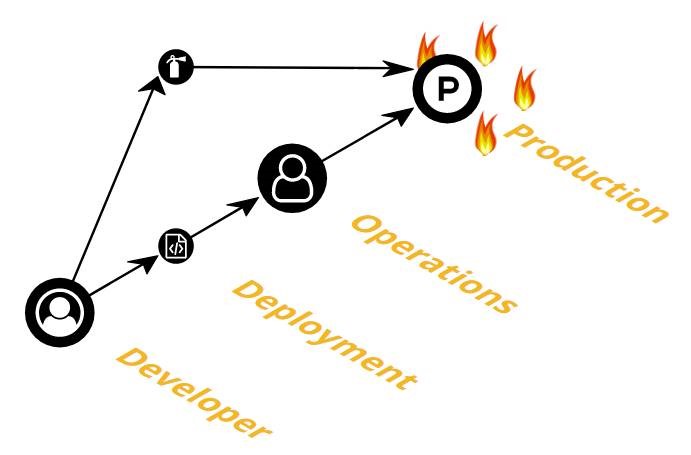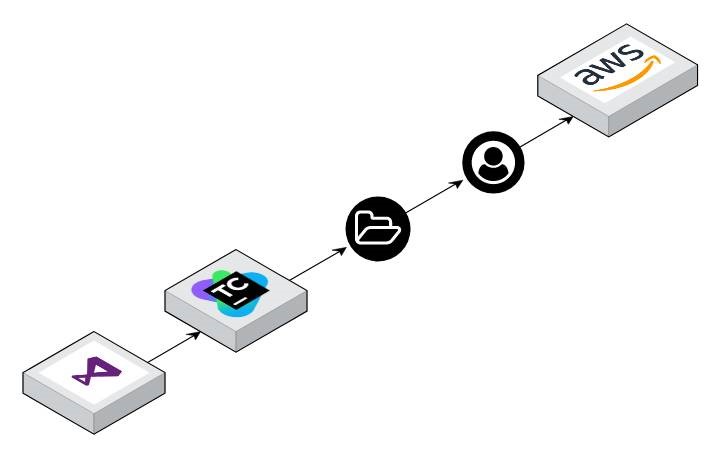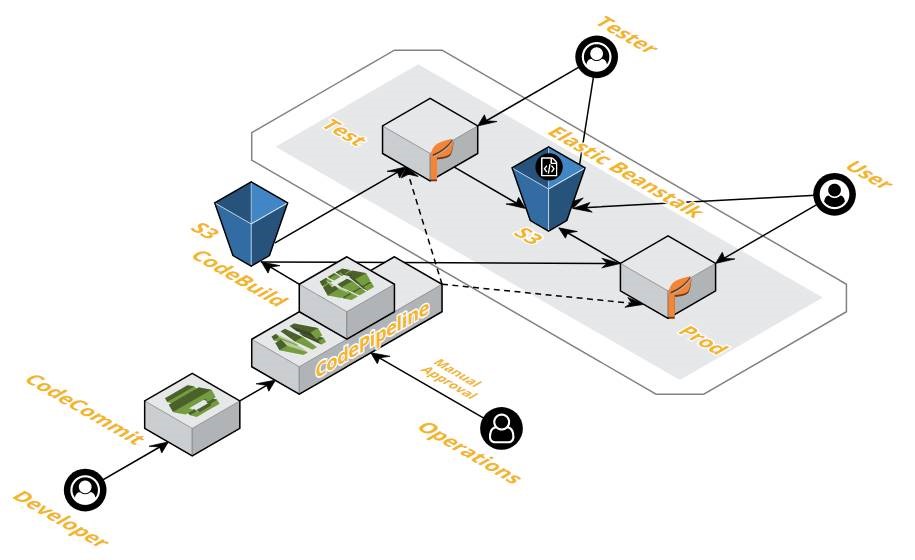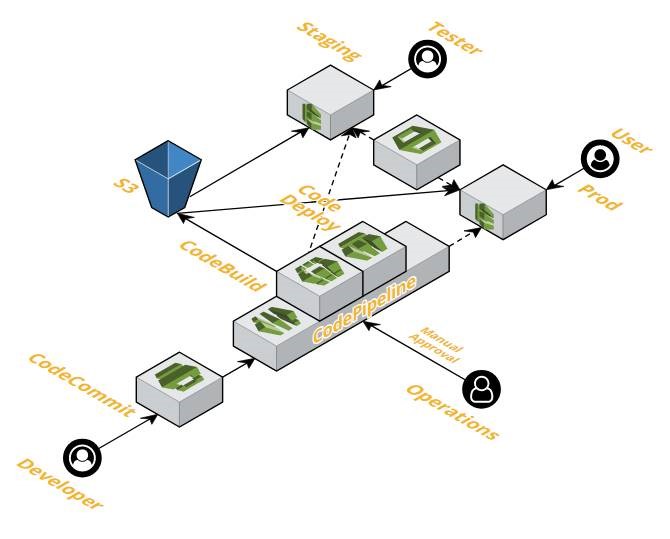Here at Innovative Solutions we take the mantra “always be learning” to heart. It’s evident in our approach to changing the way in which we deploy our applications. A well-structured CI/CD pipeline improves many aspects of development. Over the years we’ve made massive headway in learning from our previous deployment woes and adopting a more continuous and agile approach.
Before delving into what we’ve changed I’d like to give brief explanation as to why we felt the need to make these changes; what are the pitfalls and how did they impact us?
We’ve always had to be adaptable and agile with our deployment strategies; working with many clients who utilize a variety of technologies practically mandates it. But we found ourselves repeatedly running into the same problems

Previously, one of our deployment strategies included manually combing through changes in our GIT repositories to find updated files and copying them to distribution directories. Another deployment strategy required RDPing into jump-boxes to then RDP once again into each web server and pasting the build artifacts onto each. Then, we manually went into IIS to update the directory that the hosted server pointed at.
Tasks like these were manually intensive and took time away from development. These deployment strategies were prone to error and often introduced defects into the shipped product. The effort involved meant that releases were infrequent leading to a slower time to market. These deployment processes would leave developers scratching their heads and wondering if a certain feature wasn’t working or if it hadn’t made it into the release due to an error in the manual deployment.
We knew something had to change, and fast. We began to implement new deployment strategies focused around continuous delivery and integration. Here’s how:
How does Innovative use CI/CD?
Working with many clients and a variety of technologies gives us a unique opportunity to learn which deployment strategy best suits a client and their needs. As such, we’ve been able to customize each of our CI/CD pipelines around a client, their needs, and technology stack.
When dealing with a large application, a fully integrated build server with robust testing capabilities is required. We have an application configured to use TeamCity which performs continuous integration on artifacts that are deployed to AWS infrastructure. AWS CI/CD infrastructure allows you to painlessly integrate with third-party solutions such as Jenkins or Travis CI.

For smaller CMS sites, we leverage a cloud-native CI/CD pipeline based entirely in AWS. All the developer has to do is push their code to AWS CodeCommit. This triggers an AWS CodePipeline to orchestrate the CI/CD process. AWS CodePipeline is ideal for organizing the build and deployment flow and allows for easy step-by-step editing and visualization of the process flow.
AWS CodePipeline instructs AWS CodeBuild to both build the package and run specified tests each time a commit is pushed to our AWS CodeCommit repository. This allows for quick and continual testing and immediate notification if a build or test fails.
After all of the AWS CodeBuild tests have passed, we typically include a manual approval step in our AWS CodePipeline flow. As we work with several customers bound by regulations such as HIPAA, manual approvals help ensure that the code we’re deploying meets all process and control requirements.
AWS CodePipeline’s flexibility with manual approval steps and custom defined tests within the pipeline allow us to customize each CI/CD pipeline to specific client needs.
Some of our CMS sites are deployed to AWS Elastic Beanstalk. For these sites, ease of deployment and infrastructure management was key, and AWS Elastic Beanstalk fits those needs perfectly. AWS Elastic Beanstalk takes care to provision all of the underlying resources needed to run these sites, such as load balancing, auto scaling, and storage. Without the need to provision all these resources manually we can reduce the load on developers who can instead focus on rolling out new features instead of worrying about infrastructure.

However, there are cases where you do want more control over your deployment where AWS Elastic Beanstalk isn’t the best fit. Instead, AWS CodePipeline is flexible enough to accommodate these needs. AWS CodePipeline using AWS CodeDeploy allows you to continuously deploy code to Amazon EC2 instances that aren’t managed by AWS Elastic Beanstalk. This allows us to add CI/CD pipelines for customers who are already using Amazon EC2 instances to host their applications. Leveraging AWS CodeDeploy allows us to easily integrate their specific deployment process into a CI/CD pipeline without changing any of their underlying infrastructure.

What has Innovative learned?
While there are upfront costs, strategically focused business stakeholders can’t afford to neglect the long-term benefits of CI/CD.
According to Accelerate: State of DevOps 2018: Strategies for a New Economy, high performing teams are deploying 46x more frequently with 1/7th the error rate, when compared to low performing teams.
CI/CD pipelines save time, effort, and the mental health of developers. Here at Innovative, our team has fully embraced CI/CD and by using AWS technologies, it has made adoption that much easier.
Do you still have questions about CI/CD?
Feel free to contact us, we’d love the opportunity to further discuss anything you have read.

